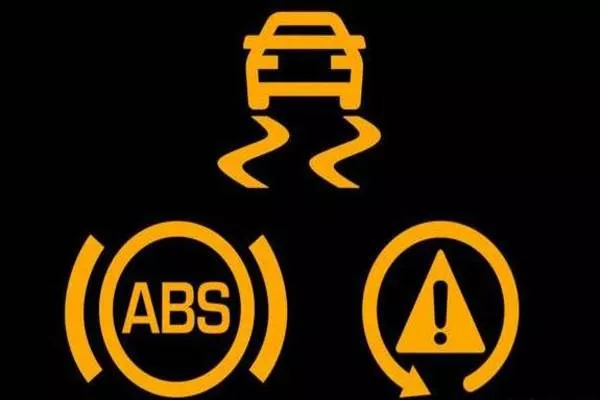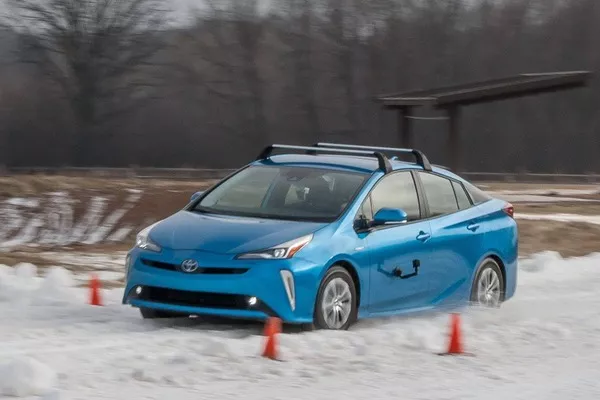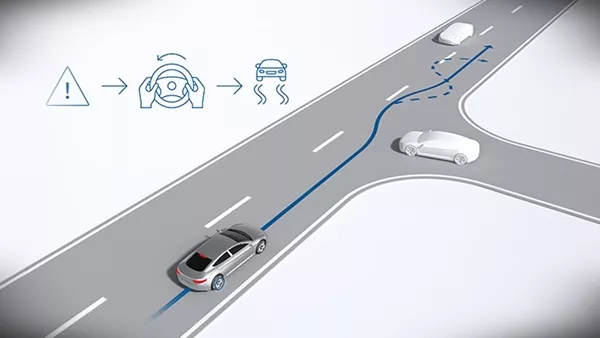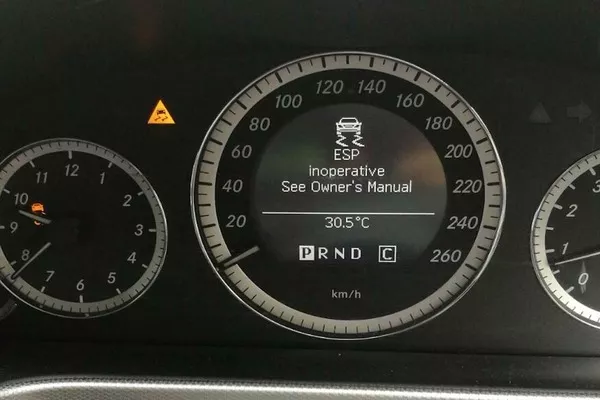Modern automotive technology has certainly gone a long way, enhancing not just performance and convenience but safety as well. Whether they’re factory-installed offerings or aftermarket modifications, these features result in an improved and enhanced driving experience.
One notable feature making its way into modern cars is the Electronic Stability Program (ESP), also known as Electronic Stability Control or Dynamic Stability Control. It has become a vital safety component on anything with four wheels, saving countless lives since its debut. Studies conducted in the US by the National Highway Traffic Safety Administration show that ESP has helped reduce car crashes by almost 35%.

ESP has become a vital safety component on anything with four wheels
ESP was initially developed specifically for the Mercedes S-Class, which is still considered as one of the safest cars ever made. The effectiveness of ESP is such that it is gradually being implemented on lower-end cars as well. This article from Philkotse.com explains everything you need to know about this life-saving feature.
1. ESP and how it works
All cars use friction in the form of traction, when the tires make contact with (and rub against) the road surface, propelling the vehicle forward as the tires spin. There are instances, however, when there is not enough traction for the tires to sufficiently grip the road, potentially resulting in loss of control especially at speed.
ESP is a computerized technology whose objective is to increase a car’s stability by detecting and minimizing the loss of traction in real-time. The system identifies that the steering control has been compromised, and is programmed to automatically apply the brakes, helping steer the car back into its intended direction. ESP works in concert with the anti-lock braking system (ABS) and the traction control system (TCS).

The ESP works in concert with the anti-lock braking system (ABS) and traction control system (TCS)
As the tasks of steering, accelerating, and braking happen simultaneously, the car’s sensors are further put to the test, monitoring the car’s behavior while in motion. The data is sent to the car’s central computer, comparing the driver’s intended direction (by measuring steering angle) against the actual direction the car is going (determined by individual wheel speed, rotation, and lateral acceleration).
For instance, if you’ve turned the steering wheel to the right yet the car continues to go straight due to slippery roads, the computer senses this discrepancy and will then take measures to correct the vehicle’s direction, even without you knowing it.
ESP applies the brakes on individual wheels asymmetrically, that is, depending on each wheel’s rotational speed, to reduce power, allowing the car to counter the skid and regain traction towards your intended direction.

ESP works on any surface, even icy or snowy roads
>>> Related: Car with wavy lines symbol: Meaning, function, and importance
2. Understanding the ESP warning light
For cars equipped with stability control, a dedicated ESP indicator on the dashboard uses an icon of a car with a pair of skid trails underneath it. When the system is actively engaged, the icon lights up, which lets you know that the vehicle has reached the limits of its handling. When the situation has been corrected and control has been restored, the indicator light typically turns off.

Its main purpose is to assist you in getting out of a potentially dangerous situation
When the ESP light is triggered, the driver will notice a difference when it comes to the grip of the car. This is due to the fact that the ESP works in conjunction
Before you become overconfident in your driving abilities when using ESP, it’s important to note that the feature is not intended to enhance performance; its main purpose is to assist you in getting out of a potentially dangerous situation.
For this reason, ESP is not a license to engage in aggressive driving. Although it allows better control when cornering, it does not increase the amount of traction that the vehicle already has (at least as far as the drivetrain and tires allow).
Since ESP automatically engages to correct vehicle direction, it is usually incompatible with high-performance driving maneuvers such as drifting. For this reason, most manufacturers provide a manual override, where the driver can partially or fully switch off ESP when deliberately performing these maneuvers.
>>> Read more: 6 steps for problem-free dashboard lights.
3. Faulty ESP warning light
As mentioned earlier, the ESP icon lights up to warn the driver that the system is engaged, and should normally turn off by itself when control has been restored.
But if the light stays on despite seemingly normal driving conditions, it might indicate a problem with the system, usually due to faulty sensors. Dust and small particles can get into them, interfering with their functions. Wiring or electrical issues should also be considered when encountering errors with the ESP.

Faulty sensors can cause problems with the ESP
There are several steps that you can take when the ESP is not working. Referring to your car’s manual is always an excellent way to start. Look for the appropriate error code as indicated in the manual and what it corresponds to.
If the error is not user-serviceable, it’s best to have your car brought to a competent auto shop for an expert diagnosis. Their mechanics can analyze the error codes and determine the best course of action. Driving with faulty ESP sensors is dangerous, especially if it rains or you find yourself on roads with less-than-ideal levels of traction.
>>> Important to know: Car safety features to beat drowsiness while driving.

Refer to your car’s manual if the ESP is not working
The importance of ESP as part of a car’s safety features is undeniable, especially considering the unpredictability of both road and weather conditions. Its self-activating nature means one less thing for you to worry about, leaving you to focus on what’s ahead.
If you’re in the market of a new car, you may want to consider one that offers ESP as standard (if your budget allows); this will give you greater peace of mind every time you hit the road.
Recent posts
- Cruise control: How it works, its uses and benefits May 31, 2021
- 5 important things you should know about car traction control Jun 09, 2021
- An easy explanation of Electronic Stability Control (ESC) Aug 16, 2022
- So you know: What is Electronic Braking System (EBS)? May 18, 2019
- Top most essential car safety features to have in your car Jul 09, 2018












